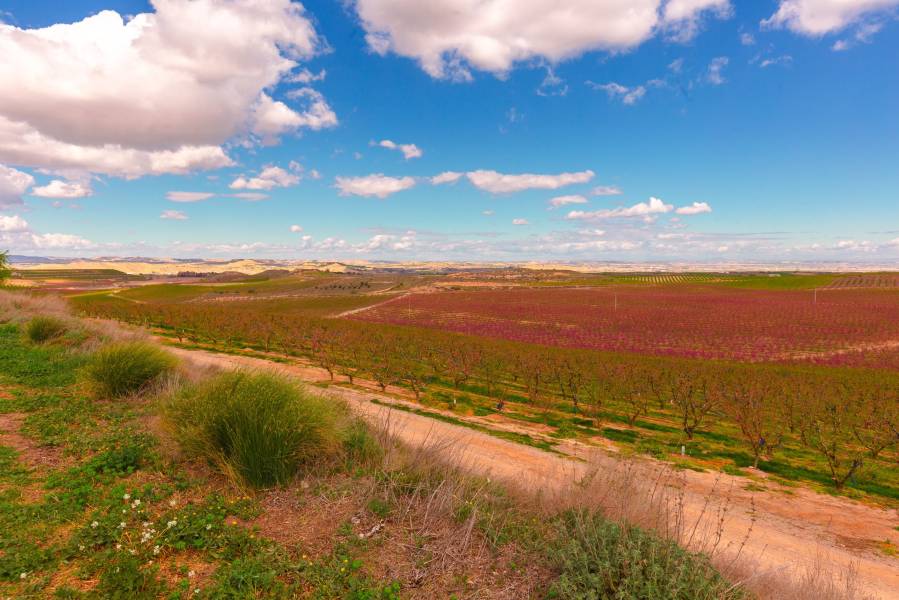Some historical information about Soses that will interest you if you come to a holiday cottage
In the time of the Saracens, the territory of Soses was part of the
Taifa of Lleida and its castle was one of the border points. It was in 1120 when Soses passed into Christian hands due to an agreement between Avifelel and Ramon Berenguer III.
James I gave the castles of
Aitona, Soses and
Seròs to his sister Constança, who had married Guillem Ramon de Montcada.
Soses had a
castle and although there are currently few vestiges of the Saracen castle, the ruins that remain halfway between the villages of Soses and Aitona, to the north-east of Tossal where there is the
depopulated area of Gebut , confirm its existence.
What to visit in Soses while you spend a few days in a holiday cottage
The
Church of Sant Llorenç de Soses is very curious, given that it was built with part of the walls of the previous church (damaged during the War of the Succession) and part of stones from the old castle. The asymmetry of its facade and its square bell tower is surprising, but it is known that the old church used parts of the mosque, which was transformed into a church at the beginning of the 12th century.
About 400m before reaching Soses, at the top of the road that goes from Soses to
Alcarràs, you will find the
Ermita de Sant Miquel , a small temple that is believed to occupy the site of the old
almúnia of Almussara . This hermitage has been restored twice, as it was rebuilt after the Wars of the Reapers and the Succession and later, after the Civil War.
The Iberian town of Gebut
At the start of Gebut, on a tossal near the road to Seròs, we find the remains of the Iberian town of Gebut , which dates from the years 650 and 50 AD. Currently, you can see a series of rectangular houses lined up along two streets , paved with flat stones, a central cistern and remains of an old sewer for collecting water. In the northwestern part, there is an elevation with rectangular houses, which could correspond to a kind of acropolis . In the western part, remains of a fortification can still be seen. All over the town, fragments of small clay statues, bronzes, needles, coins, fragments of swords and Iberian, but also Roman, ceramics have been found, a fact that has been related to the town's proximity to the Roman town Gebut B.
Crocodile fossil
Especially in the ancient area of Gebut, in recent years, several fossilized remains of mammal bones have been found such as plates of turtles from the Tertiary era, impressions of lake plants or part of a jaw of a rodent of large dimensions, but the element that attracts the most attention is the crocodile fossil of more than 35 million years and which can be seen in the library of Soses .
The Moros Pharmacy
Located on a rise of land on the road that goes to Seròs. It consists of several rows of holes excavated in the rock, which would correspond to the holes for embedding roof beams in the houses of the old town of Gebut, born in the Andalusian era.
What to do if you spend a few days in Soses in a holiday cottage
One of the excursions we propose is to go from Soses to Aitona along the Segre River and back, taking the garden paths between fields of peach trees. You can take advantage of the flowering period of the fruit trees to make your experience more unforgettable, at the beginning of March.
And if you come in October, Soses celebrates the "Menja't Soses - Sabors de Ponent" fair, a fair where artisan products and gastronomy are the protagonists.
